There is always some or other technology around the corner waiting to transform the way of human lives. Most of them are promising but rarely deliver upon those.
This creates a lot of confusion for businesses. You see, the best way to create a competitive marketing advantage is to be an early adopter of leading-edge technologies.
Many businesses have benefited from being the first ones out with promising technology in the market. However, which technology will have an actual impact on human lives is pretty difficult to gauge these days.
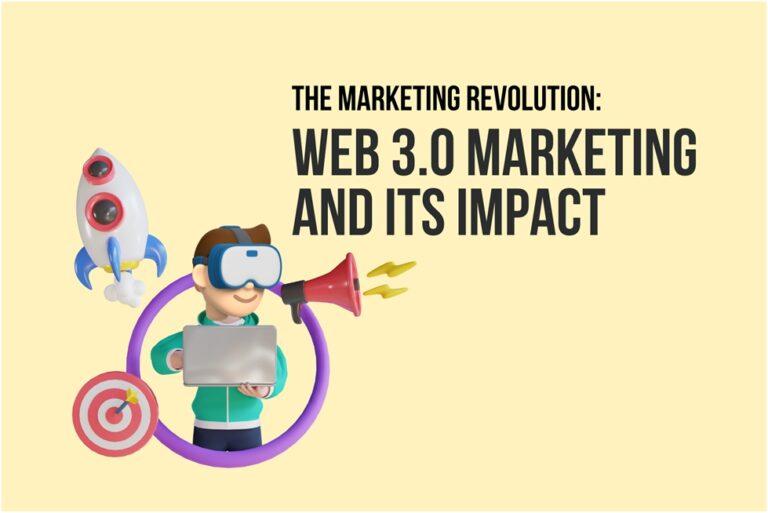
One such technology making news and creating confusion for businesses has been Web 3. A lot of businesses are wondering whether they should invest in it and become an early adopter or not.
Concerns of these businesses are justified. However, Web 3 is an evolutionary change in the foundations of the Internet. So, it is a train your business better not miss.
The only question here is about the timing, being too early to a party isn’t fun right? Well, let us understand Web 3 thoroughly so you can get the timing right!
What is Web 3?
Web 3.0 is generally referred to as the next generation of the internet and web protocol. Web 3.0 is a combination of various leading-edge technologies that are set to make the internet a more immersive space and an extension of our physician universe.
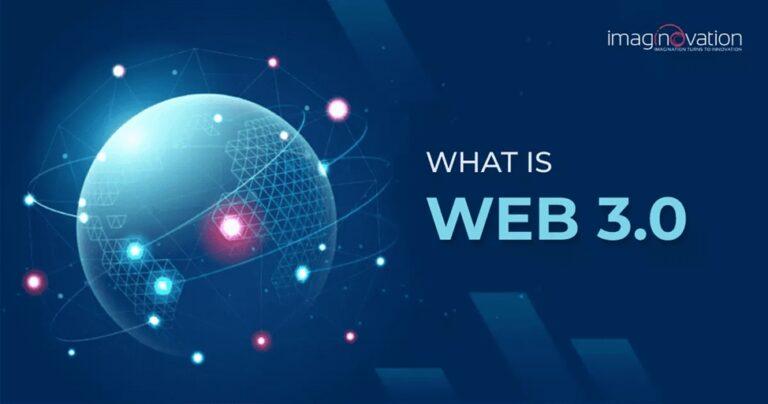
What are the technologies in question here?
There is blockchain, AI and ML, AR and VR, Internet of things, Edge Computing, Tokens and Smart Contracts. All these technologies together carried by faster internet and 5G will enable a more immersive experience of the internet.
The evolution of the web goes something like this:
Web 1.0 – We had basic websites that provided information. The only way we could interact was through a mouse and keyboard.
Web 2.0 – Websites could do many more things such as hosting media and being interactive. We had user-generated content and social media. We could interact using touch and voice along with legacy inputs.
Web 3.0 – The entire internet will become an immersive space, an extension of our physical universe. We will be able to interact more naturally with any elements inside web 3.0. It will closely mimic our physical world and allow for this that was previously limited by technology.
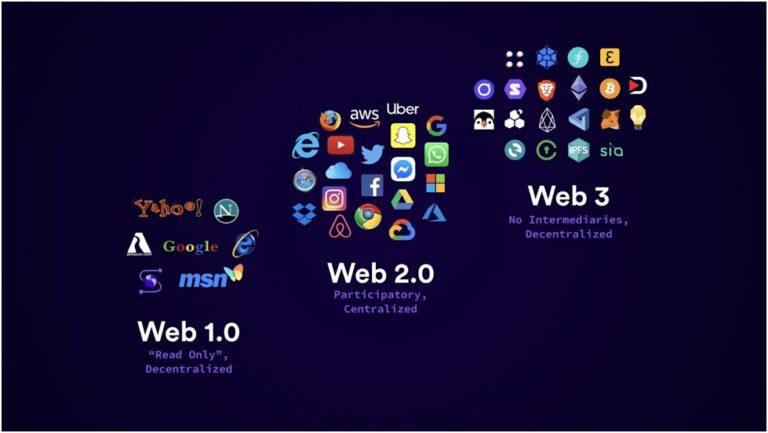
Considering this evolution, it is safe to say that Web 3 is more of an umbrella for various other leading-edge technologies rather than being a technology itself.
Now comes the time for the real question. How will web 3 impact the world of marketing and what can marketers do to stay ahead of the competition.
Assessing the Impact of Web 3 on the Marketing Industry
It is clear by now that Web 3 Marketing will not be the same as either digital or traditional marketing. While we have some idea, Web 3 marketing is still relatively uncharted territory.
We will have to cover each technology and feature that makes up Web 3 and assess how each technology will impact the marketing industry. This will provide us with a clear understanding of web 3 and how marketers can prepare for the transition.
Semantic Web
The Semantic Web is an extension of the World Wide Web wherein additional data is processed and associated in a manner in which it is easily interpretable by machines.
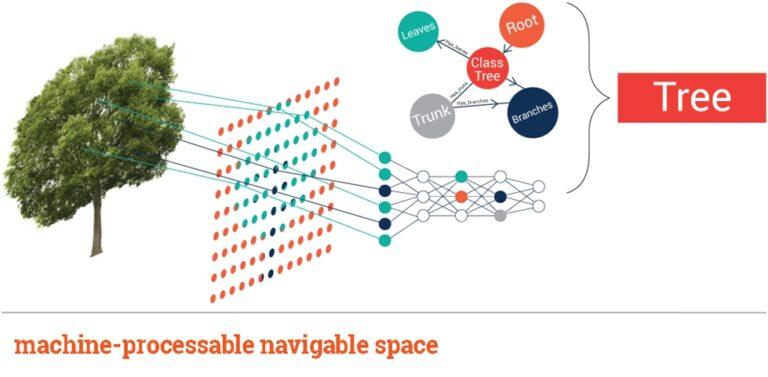
The main objective of the Semantic web is to allow for a more natural way of communication and interaction between machines and users.
This will be done by making machines more capable of understanding and interpreting data provided by humans. Leveraging ML and AI, machines can improve pattern recognition, associate traits properly and come to more accurate conclusions.
What does this mean for Web 3 Marketing?
Chatbots, virtual assistants, virtual sales executives and other tech-enabled customer-facing elements will be more human-like in Web 3 marketing. Marketers will also have to natively optimize websites and content for voice search.

They will be able to think, act and react more in line with humans than machines. This will translate into savings for the business and make marketing and sales more effective along with a rich UX; similar to that of interacting with a really good salesperson.
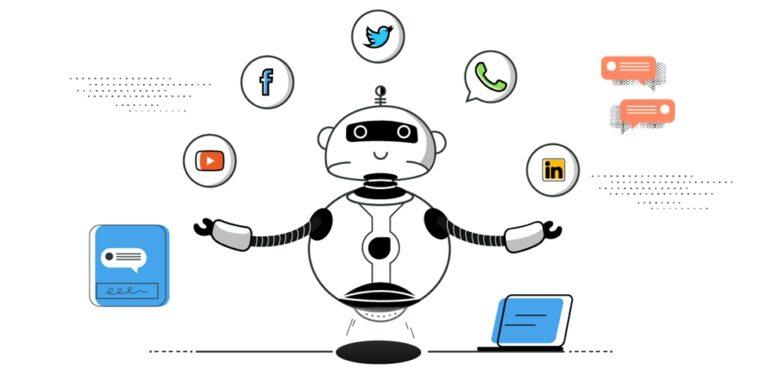
All of this will be possible in the virtual space. Your business, even if a transitional one right now, will not be restricted by its geographical location. You will be able to provide a unique UX, similar to the offline retail experience to anyone across the globe.
Decentralization
There are two sets of technologies leading this front, the first one is blockchain and the other is edge computing. A lot of you must already know blockchain, the technology that made cryptocurrencies possible.
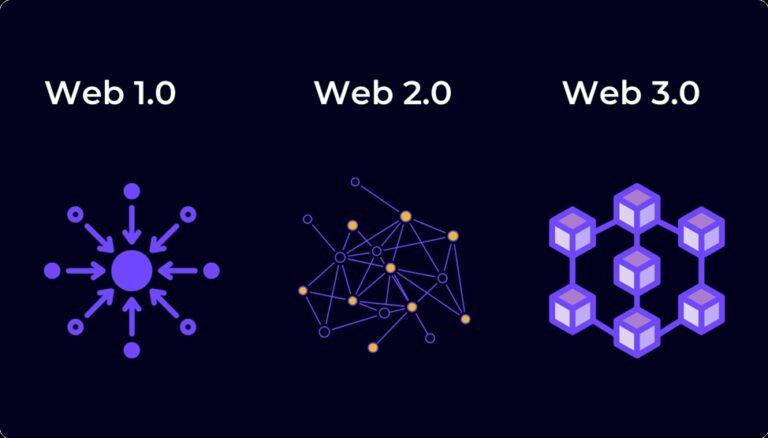
The second technology is Edge computing. What edge computing does is, it shifts the computational load from the cloud to capable IoT devices.
The benefits of doing so are less bandwidth required, data is stored and processed at the source eliminating possibilities of data theft, data privacy can be enforced properly, etc.
What does this mean for Web 3 Marketing?
The Internet will become more open and deregulated by central authorities and governments. However, marketing is set to become difficult due to enhanced privacy and control over personal data.
Marketing methods such as retargeting and personalization will become ineffective if the users decide to not share their data with the businesses. This, however, can be averted by acquiring permissions from the users in a similar manner at present.
The goal for web 3 marketing should be market sustainable and not overwhelm the user with too many ads to the point they opt out of the marketing entirely.
An Immersive World
Technology has come a long way. What was once seen as science fiction is now a reality. While the adoption of AR and VR was slow at the beginning, it has grown quite rapidly in recent years.
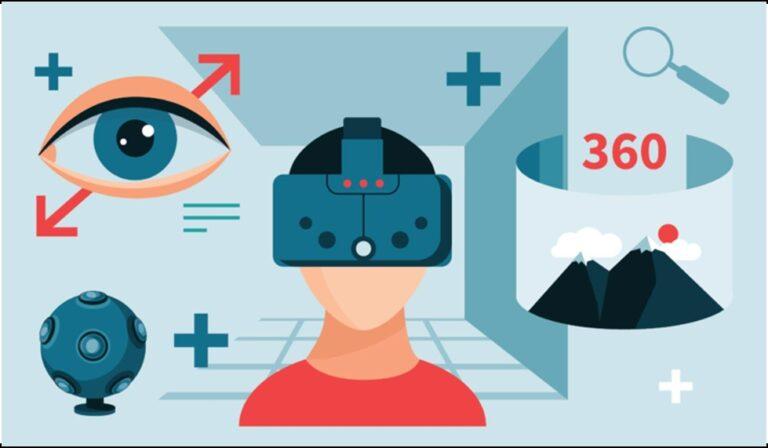
There have been giant leaps in the capabilities of AR and VR. At present, almost all mid to top-range smartphones are AR and VR capable. We’re on a path to having these two technologies dominate human life in the next few years.
The ability to provide a life-like experience remotely opens up a world of possibilities for businesses. Consumer expectations are going to be at an all-time high after this point.
What does this mean for Web 3 Marketing?
Marketers will have many opportunities to improve upon the customer experience with web 3 marketing. There is the ability to provide a customer experience similar to the levels seen in offline retail. You will be able to provide a consistent customer experience across the world.
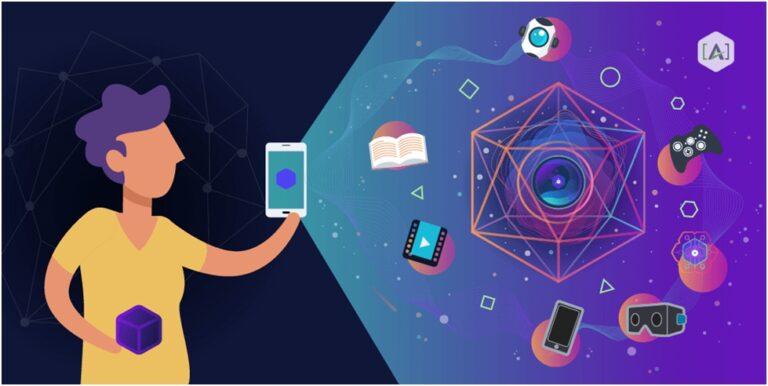
Virtual stores, billboards with targeted AR adverts, being able to have interactive marketing content, engaging with clients and customers virtually, etc. are all the various possibilities that are available to marketers with this technology.
Tourism, performing arts, experiences, etc. will be a whole lot better with AR and VR. All a marketer needs to do is to ensure he delivers on the raised customer expectations.
Blurring all Boundaries
One peculiar feature of Web 3 is how it will blur the boundaries, between platforms on the internet and between virtual and real itself.
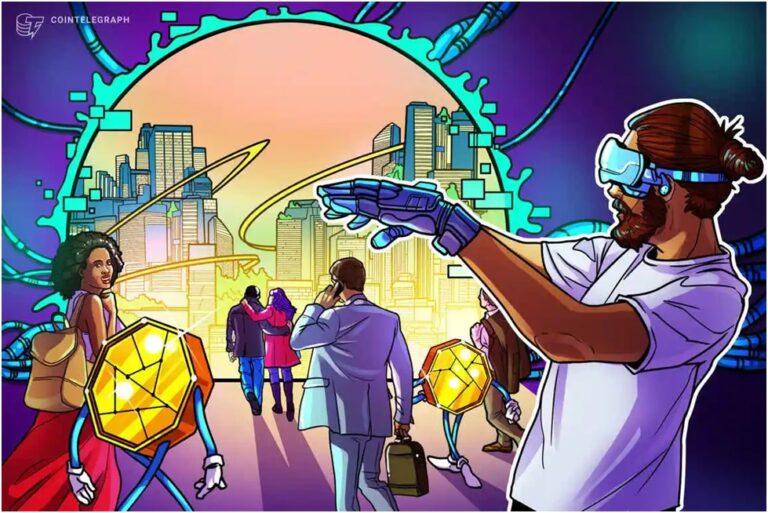
We have had social media platforms for over a decade now. Each one has been different and operated within its sandbox. Web 3 will conflux everything.
The entire internet will turn into a big social media platform and the internet itself will spill over onto reality with the help of AR and VR.
What does this mean for Web 3 Marketing?
Omnichannel marketing is about to scale new heights in web 3 marketing! Well, technically, there won’t be multiple channels as the Internet will be a uniform social space.
But marketers will be able to provide a seamless experience to customers from virtual to real.

Imagine seeing a product in the store, selecting it and walking in front of the mirror and being able to see how it looks on you. Better even, imagine doing all of this from the comfort of your home.
Imagine all of this while shopping from a store on an entirely different continent and having an as good online retail experience as the one online.
What are boundaries?
A lot of unfathomable things will become possible with Web 3. Marketers need to experiment and let their imaginations loose.
Virtual Products and Collectibles
The gaming industry has had virtual goods and collectibles for a long time. Who would’ve thought these digital assets would go mainstream someday.
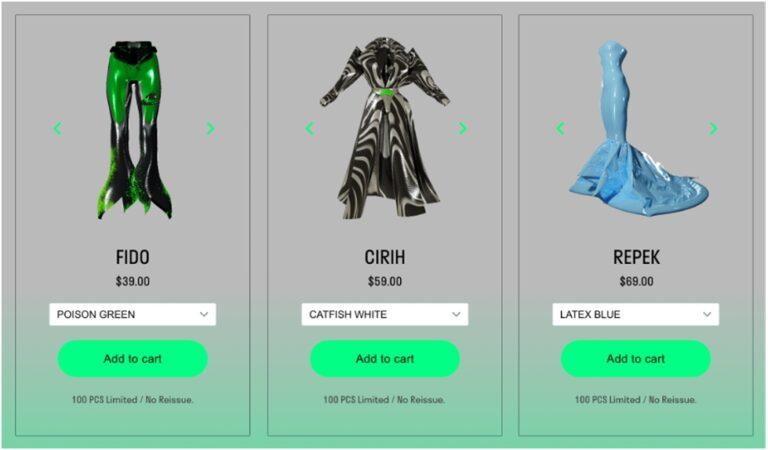
Long behold, we have NFTs and other forms of digital assets being sold and making news. The market for such digital assets is going to grow and become mainstream.
The fact that Gucci sold a virtual bag for more than its real-life counterpart says something. As the boundaries between virtual and real blur further, digital assets will garner more demand from consumers.
What does this mean for Web 3 marketing?
Marketers will have to learn new ways of marketing to sell such intangible assets. One can start by taking notes from the gaming industry, they’ve been doing it for a very long time now.
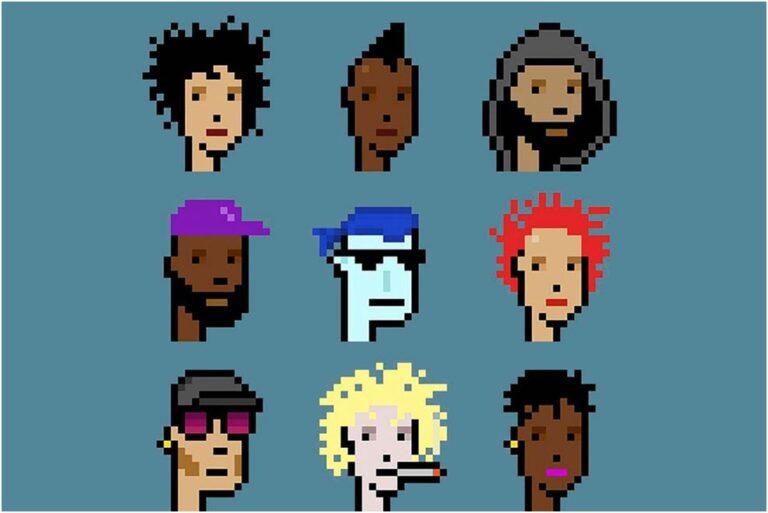
There will be other challenges that marketers will face in web 3 marketing.
First and foremost, marketers will have to work on a way out to price these digital assets properly. Initially, convincing consumers about the value of digital-only products is going to be difficult.
However, marketers will figure out ways of creating demand for these goods eventually. Then the focus will shift to marketing them better, driving more demand and creating a sense of scarcity in the minds of consumers.
So Finally
Considering all the progress and trends in the adoption of web 3 technologies, it is safe to say that it is indeed the right time to hop onto the bandwagon.
The technology will keep maturing from this point on. The world will become more virtual with each passing day. Digital Marketing will have to transform to suit these shifts.
Web 3 marketing will make Digital marketing go 3D. We can only speculate for now but a lot of digital marketing practices will have to be revamped completely.
We might even have options for marketing that will be more effective and have a higher ROI than email marketing.
For now, we can safely say that Web 3 marketing will be a conflux of Digital marketing and Traditional marketing at present.So where will you begin your web 3 marketing journey?





